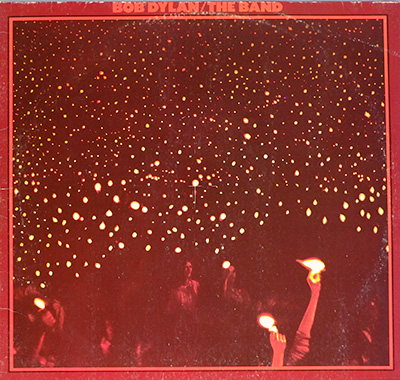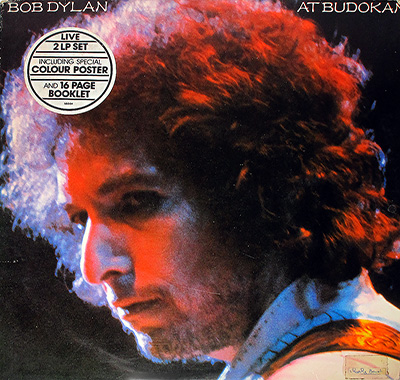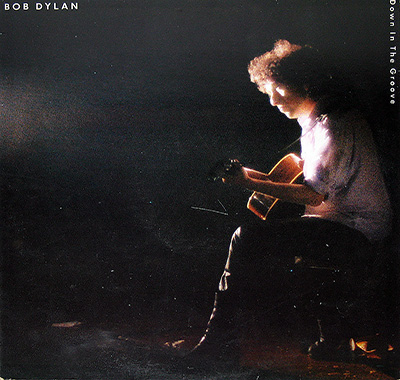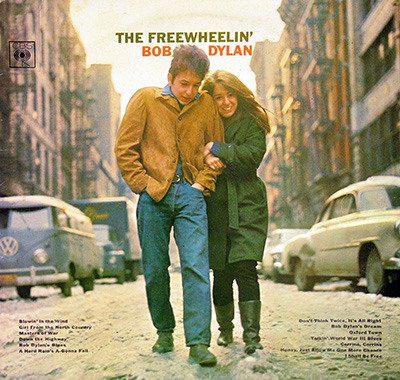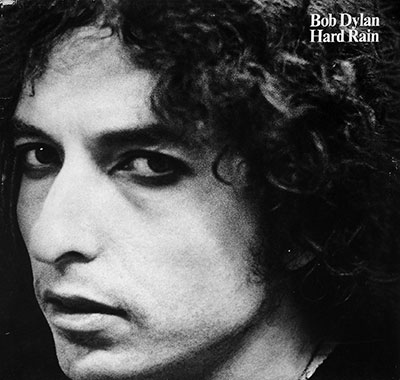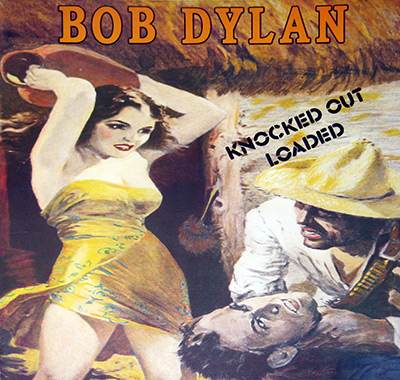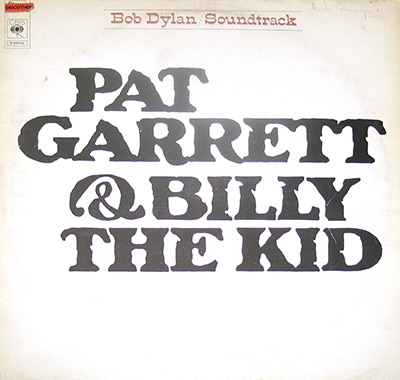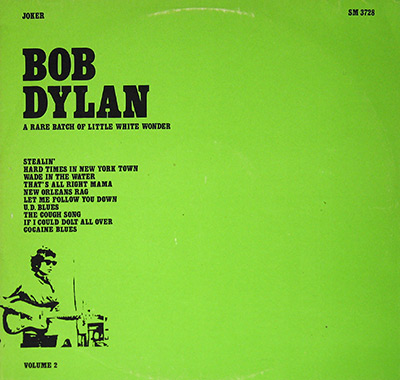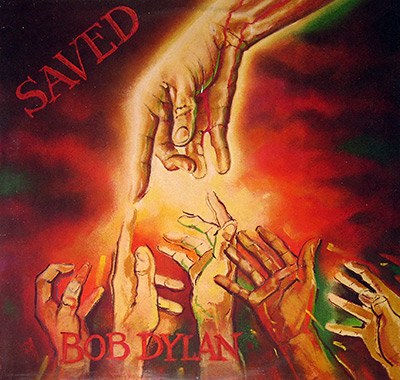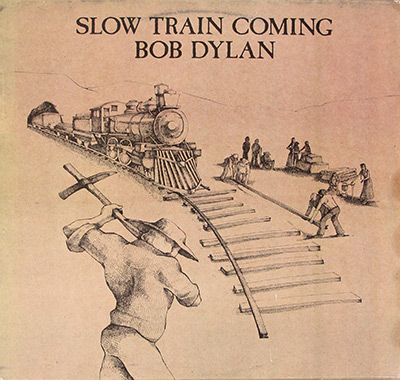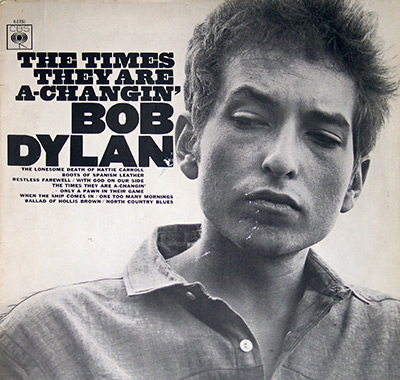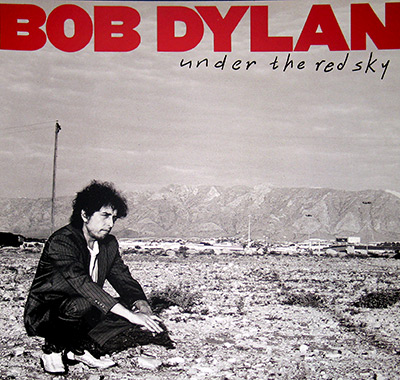Album Description:
Bob Dylan Live at Budokan: Reinvention on a Global Stage
In March 1978, amidst the shimmering lights of Tokyo’s Nippon Budokan Hall, Bob Dylan recorded what would become one of the most polarizing live albums of his career: “Bob Dylan at Budokan.” Released first in Japan in August 1978, and internationally a year later, this double LP marked a dramatic stylistic detour for Dylan—a reinvention that confounded critics but thrilled others with its audacity.
Historical Context: Post-Gospel, Pre-Confrontation
The album came during a period of major transformation. Dylan had just completed his “Rolling Thunder Revue” and was moving away from the raw intimacy of his earlier live work. In 1978, he embarked on an international tour backed by a large, rehearsed band that included a horn section, backup singers, and reimagined arrangements of his most iconic songs. This wasn’t the acoustic prophet of the ’60s or the electric rebel of Newport ’65—this was Dylan as showman.
Musical Exploration and Genre
At its core, “Live at Budokan” is an excursion into American folk rock with strong flavors of jazz, reggae, soul, and lounge pop. Long-time fans were shocked by the sweeping changes in song arrangements. “Mr. Tambourine Man” was slowed to a breezy calypso, “Like a Rolling Stone” transformed into a horn-driven soul number, and “All Along the Watchtower” got a jazz-fusion treatment that strayed far from its tense original form. Dylan’s phrasing became more theatrical—less poetic urgency, more Las Vegas polish.
Controversies and Critical Divide
Upon its release, the album was greeted with confusion. Critics were split: Rolling Stone called it “a travesty,” while others lauded Dylan’s refusal to stagnate artistically. American audiences, especially, struggled with the notion of Dylan sounding this… smooth. But in hindsight, the album reveals a musician experimenting with identity, pushing the boundaries of his own mythos. To some, it represented betrayal; to others, bravery.
Production and Personnel
Produced by Don DeVito—who also produced Dylan’s Desire—the sessions at Budokan were captured live during concerts on February 28 and March 1, 1978. The performances were later mixed and mastered with particular attention to clarity and stereo separation. The recording eschews the grit of traditional live albums in favor of a clean, broadcast-like finish. The production values reflect a professional polish uncommon in Dylan’s earlier live material.
Notable Musicians and Arrangements
The band included accomplished musicians such as Alan Pasqua on keyboards, Ian Wallace on drums, David Mansfield on strings, and Steven Douglas on saxophone, bringing richness to Dylan’s reworked sound. The presence of backup vocalists Helena Springs, Jo Ann Harris, and Debi Dye added further depth, supporting Dylan in arrangements that often bore little resemblance to their original incarnations.
Differences Between Releases
There are subtle but important differences between the Japanese and international releases of the album. The Japanese pressing (CBS/Sony 40AP 1100-1) came first and was accompanied by a deluxe booklet and poster. The European and U.S. versions followed in 1979 (CBS 96004), often missing some of the original inserts and using slightly altered mastering. The Japanese mix is sometimes described as warmer and more dynamic, due to different vinyl mastering standards and equipment.





